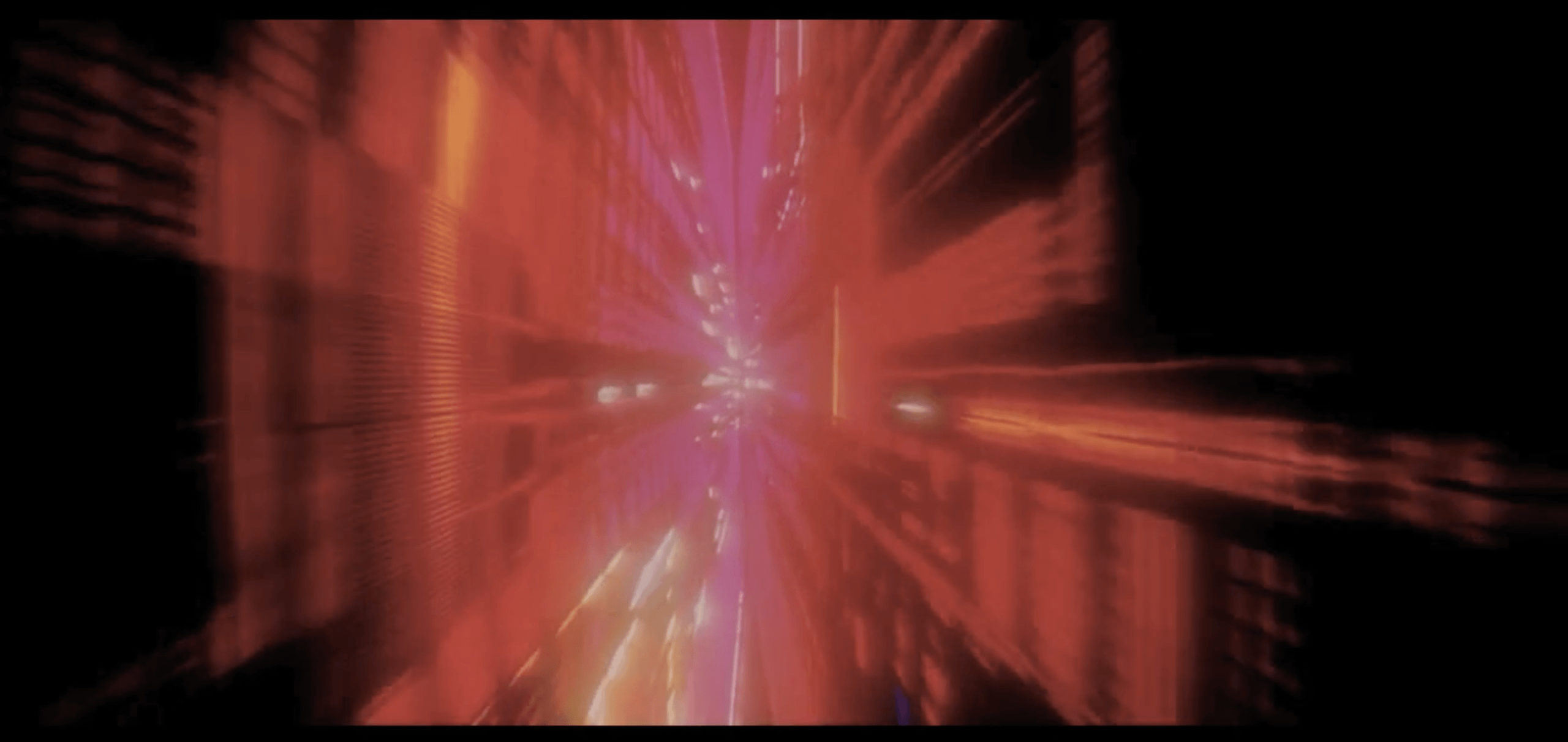Task 35 - Diffractive Mapping

Alan writes:
This week, Marie, you and your collaborator Mette Terp Høybye are running a two-day workshop as part of your ‘Fieldwork in the Body’ project. This relates to Mette’s ethnographic work on the corporeal experience of hospitals for all who visit, work and stay there, and the best ways to design hospital buildings in order for them to function as healing environments. In the workshop, practiced movers (dancers and others) and academics will jointly investigate how a somatic epistemology and ethnography can be developed to investigate and help design hospital spaces. [Alan writes later: I realised after the workshop that I had got the purpose wrong; it was actually intended as initial exploration for a performance.]
One of the things you have been doing as part of the preparation for the workshop is to visit the local hospital here in Horsens, to explore especially the transitional spaces—corridors and so on—of the existing buildings. And it’s this experience, and that of the upcoming workshop, that I would like you to draw upon for your task this week. The task returns to the topic of maps in Task 12 and Task 15 (also, in another sense, in Task 16 and Task 18). I was inspired to set this task by some reading I’ve been doing in the excellent Oxford Handbook of Algorithmic Music (2018), edited by Roger T. Dean and Alex McLean. The essay in question is called ‘Sonification ≠ Music’ by Carla Scaletti, and she deals there with the new dynamic maps we have got used to using on our smartphones—maps that change as we ourselves move. I take three quotes from the essay:
- The proliferation of personal GPS navigation devices and on-demand creation of maps on the web is changing our concept of a map from that of a fixed image on a piece of paper into a tool for interactive, exploratory data display. Bruno Latour and his co-authors from the École Polytechnique Fédérale (EPFL) in Lausanne state it explicitly: ‘Maps are interfaces to datasets’ […]. A map is an interface that allows us to navigate through heterogeneous datasets that are continually refreshed, localized, and refined by our queries […].
- [...] a map is not like a painting; it doesn’t resemble the appearance of the world, and it isn’t a two-dimensional representation of the world.
- What do you want from a map? When you consult a map, you’re not looking for a faithful resemblance to the way the world looks. What you want from a map is a way to get from here to there; you’re seeking the relevant information on any and all conditions or structural relationships that might impede or facilitate your progress.
Your task
Based on the experience of your exploratory visits to the Horsens hospital and of the workshop this week, I want you to produce one or more dynamic maps. I won’t specify the medium/media to use, but maybe you’ll design an evolving map of your peregrinations in the hospital; maybe you’ll map some of the interactions with and between the participants and space during the workshop.
But I also want your work to be a sort of critique of the ideas—still a little ‘static’—expressed in Scaletti. Thus, your map(s) should not draw on Google or Apple maps or similar (as you did in a previous task) because you should not take any ‘data’ for granted. The word ‘datum’ comes from the Latin meaning ‘that which is given’: I don’t want you to imagine the world as ‘given’—I want you to imagine the environment itself as dynamic, changing as you (or the workshop participants) change with it.
So, I think the best way to describe your activity for this task is as 'diffractive mapping'. Enjoy!
